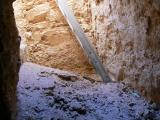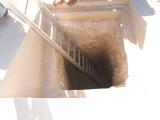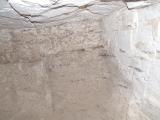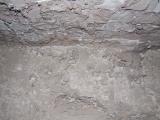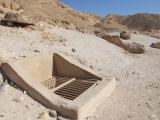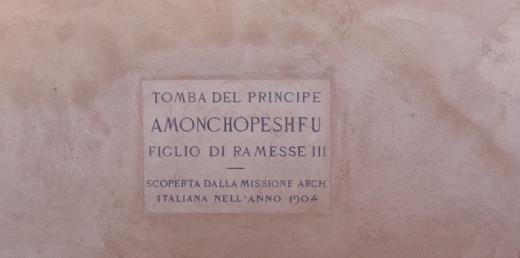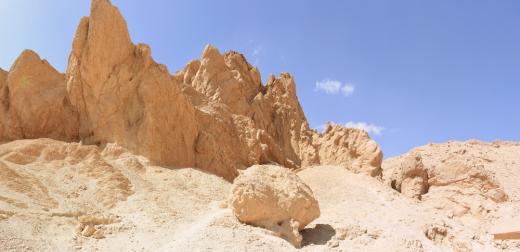QV 96
Anonymous*
About
About
Located on the north side of the Wadi between QV 71 and QV 73, QV 96 consists of a single chamber at the base of a shaft roughly five meters deep. The shaft entrance has a modern cemented masonry surround and metal grill with no mesh.
The tomb was excavated by the Franco-Egyptian Mission in March-April of 1988. The archaeological material removed, including a partial wooden scepter, Faience panels from furniture, and funerary offerings, suggests that the tomb was only used during the 18th Dynasty. There was no indication of later reuse.
Site History
The tomb was constructed in the 18th Dynasty.
Dating
This site was used during the following period(s):
Exploration
Conservation
Site Condition
According to the GCI-SCA, QV 96 is in generally good condition. Nevertheless, debris that has accumulated in the shaft spills into the chamber, partially blocking the entrance. Salt efflorescence is present on the tomb walls and ceiling, particularly on the wall furthest from the entrance. A prominent fracture runs through the ceiling and one wall. Silt is caked on the floor of the tomb, indicating the presence of flood waters in the past. Mud wasps' nests and scattered bat droppings are present in the tomb. The presence of silt and debris on the tomb floor, as well as the relative abundant salt growth suggest that flood waters have contributed to the deterioration of the tomb in the past. Salt crystal growth may also be due to surface water seeping through the rock from above.


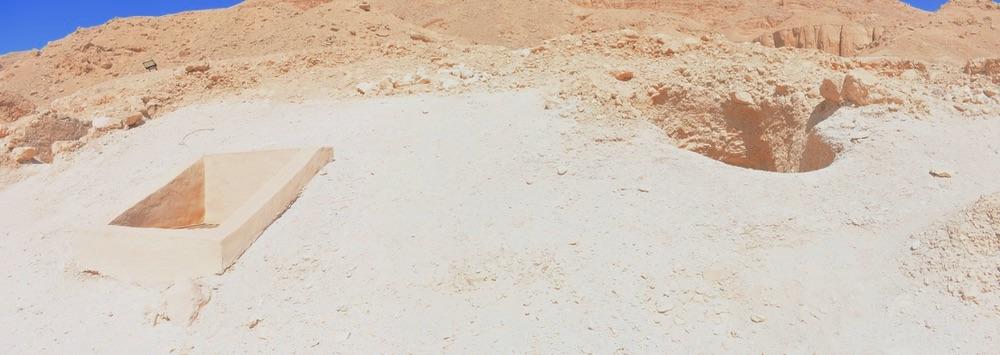

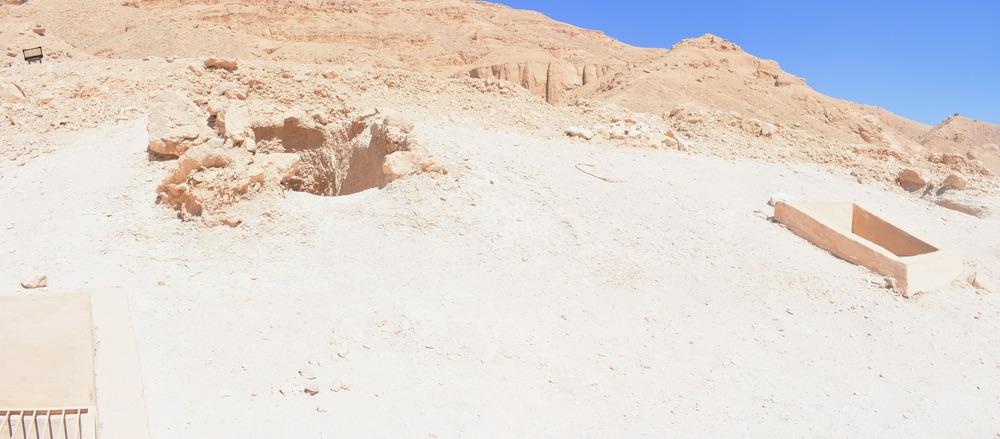

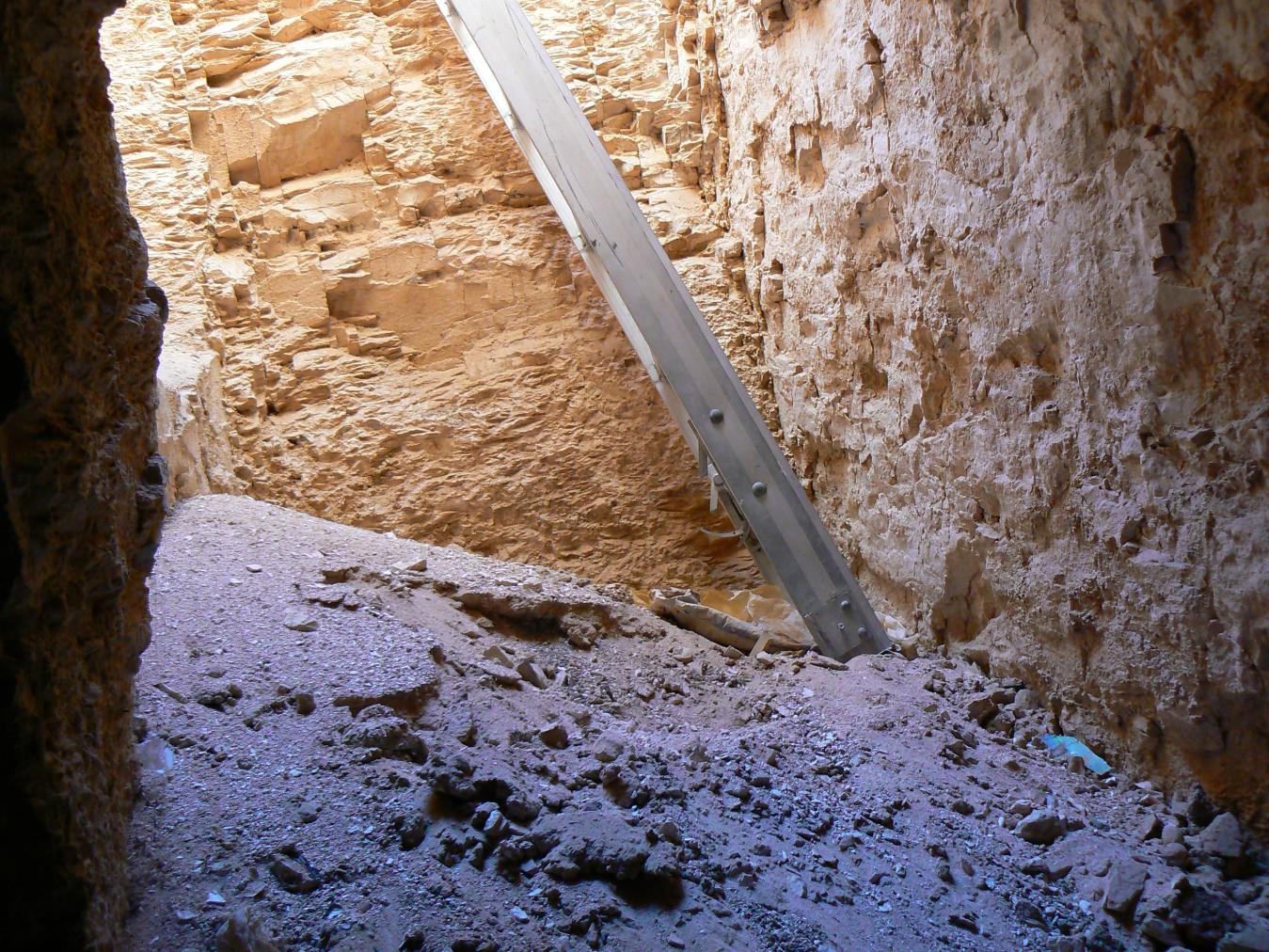
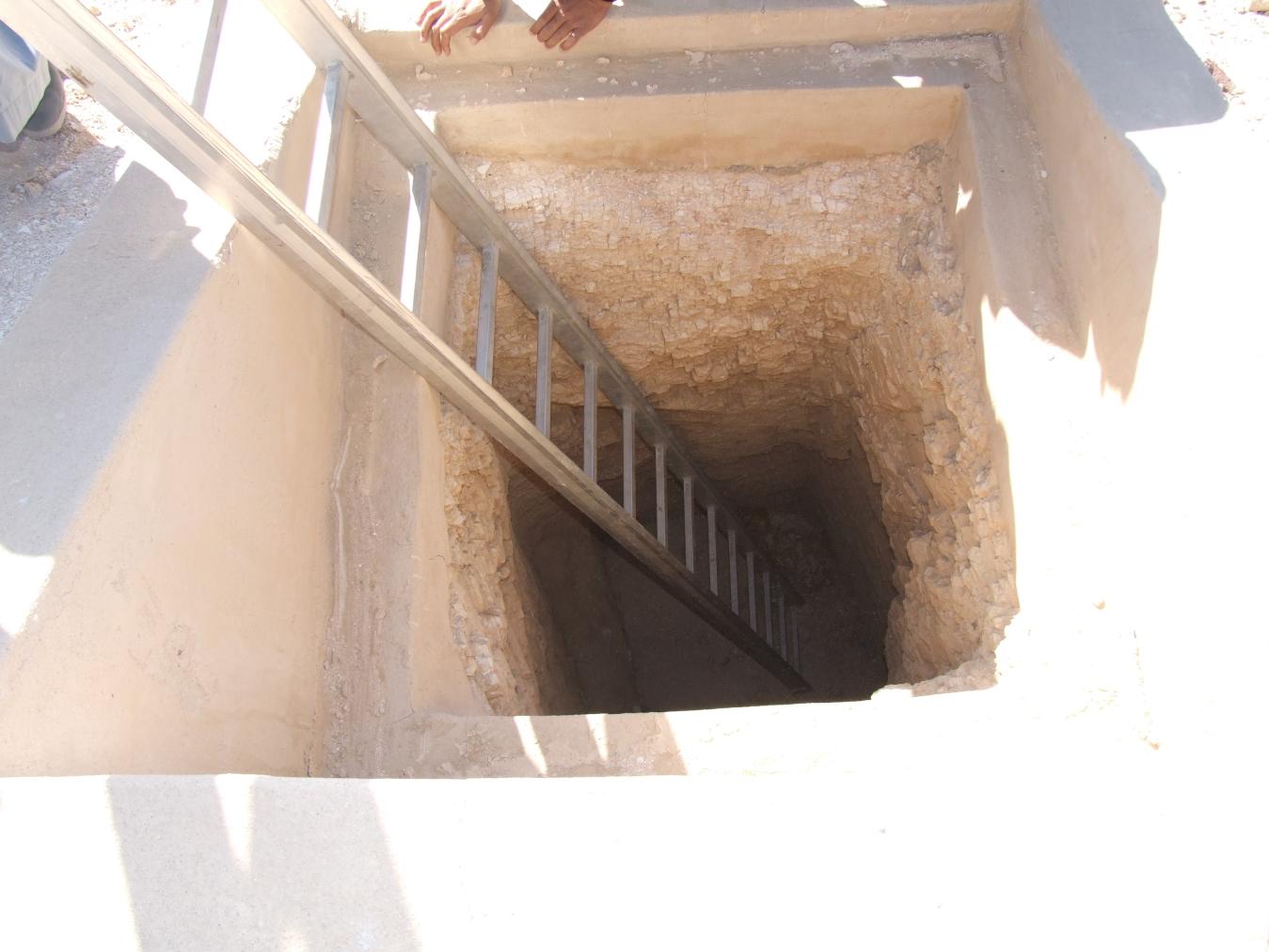
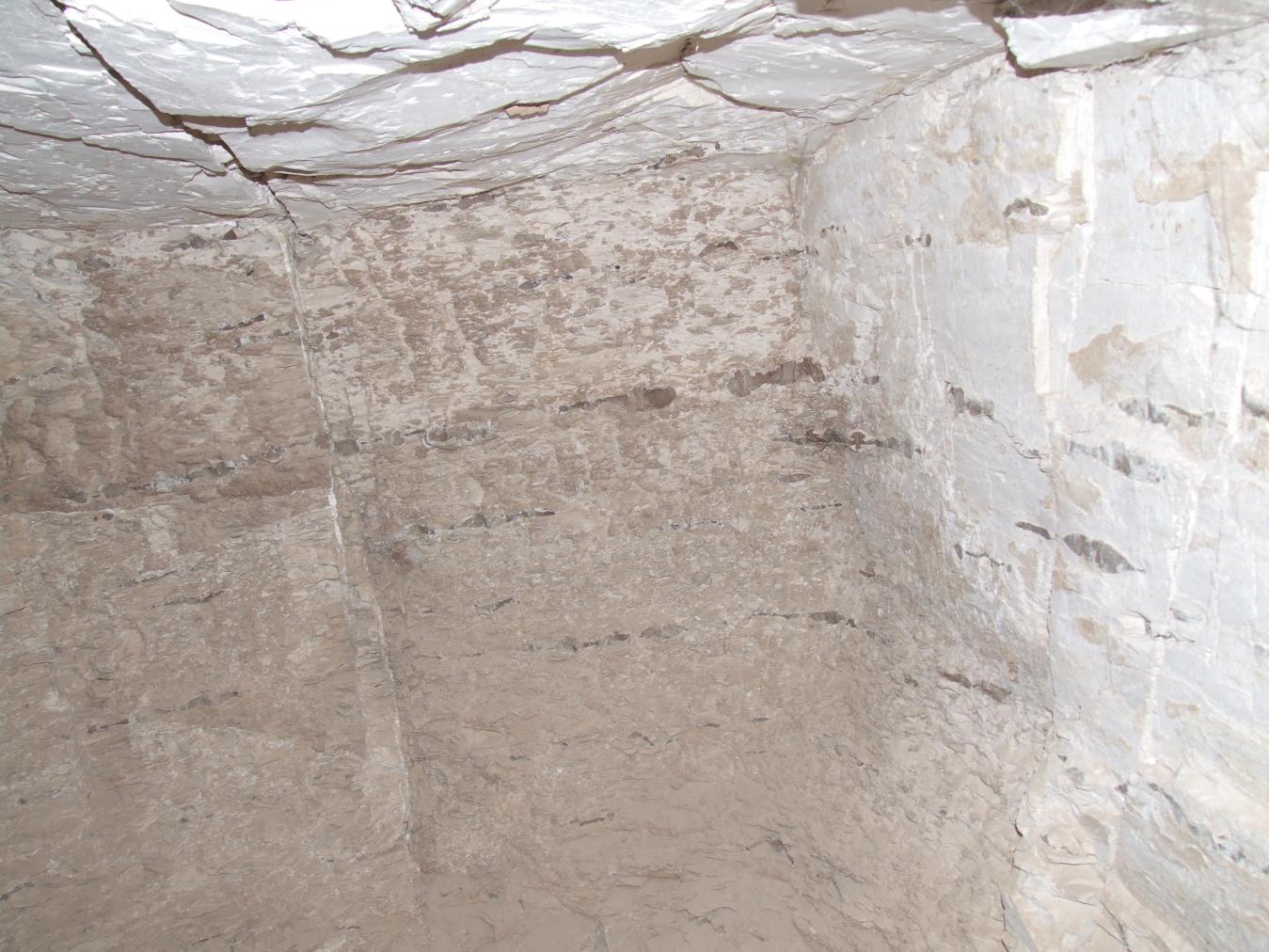
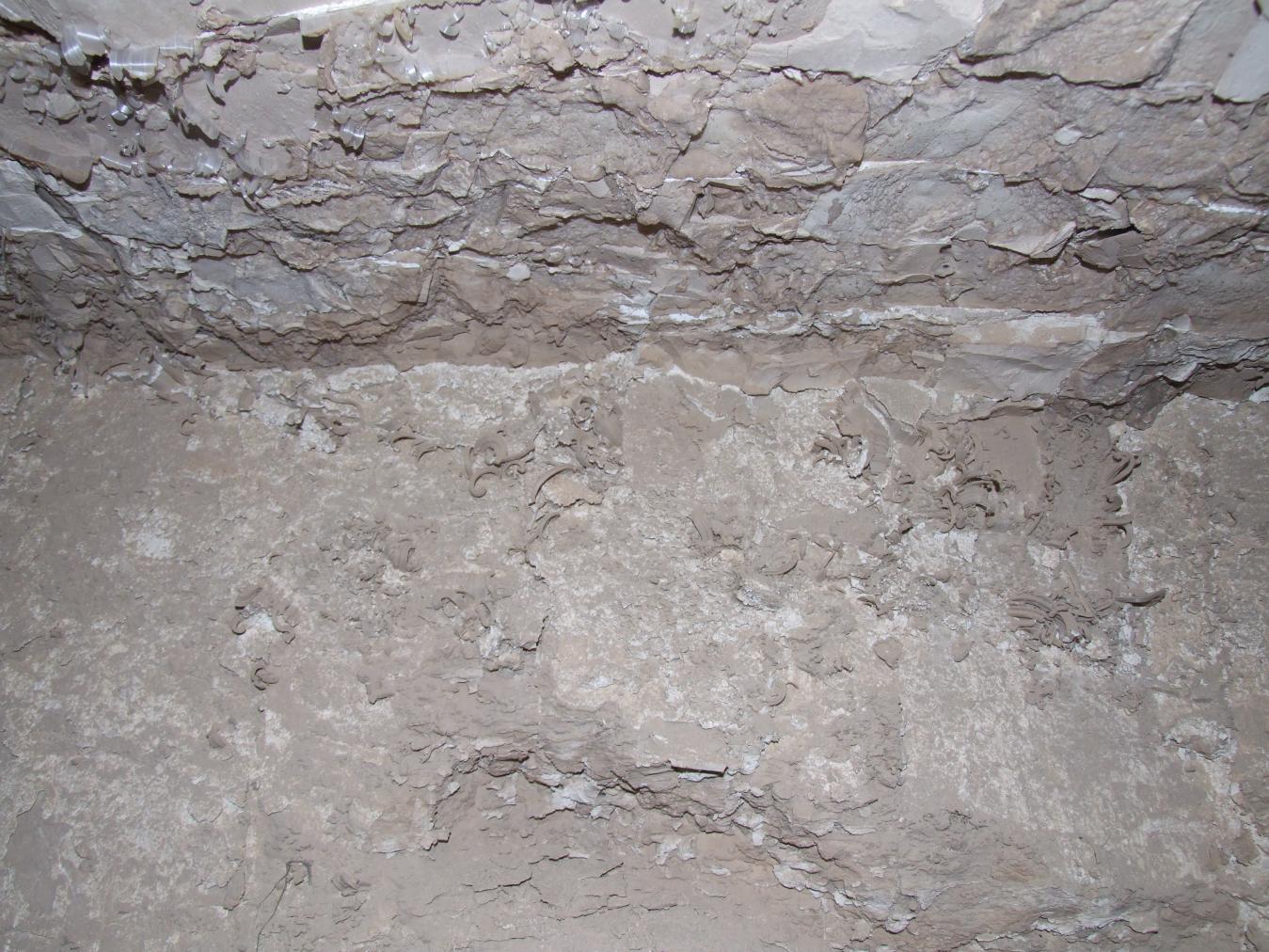
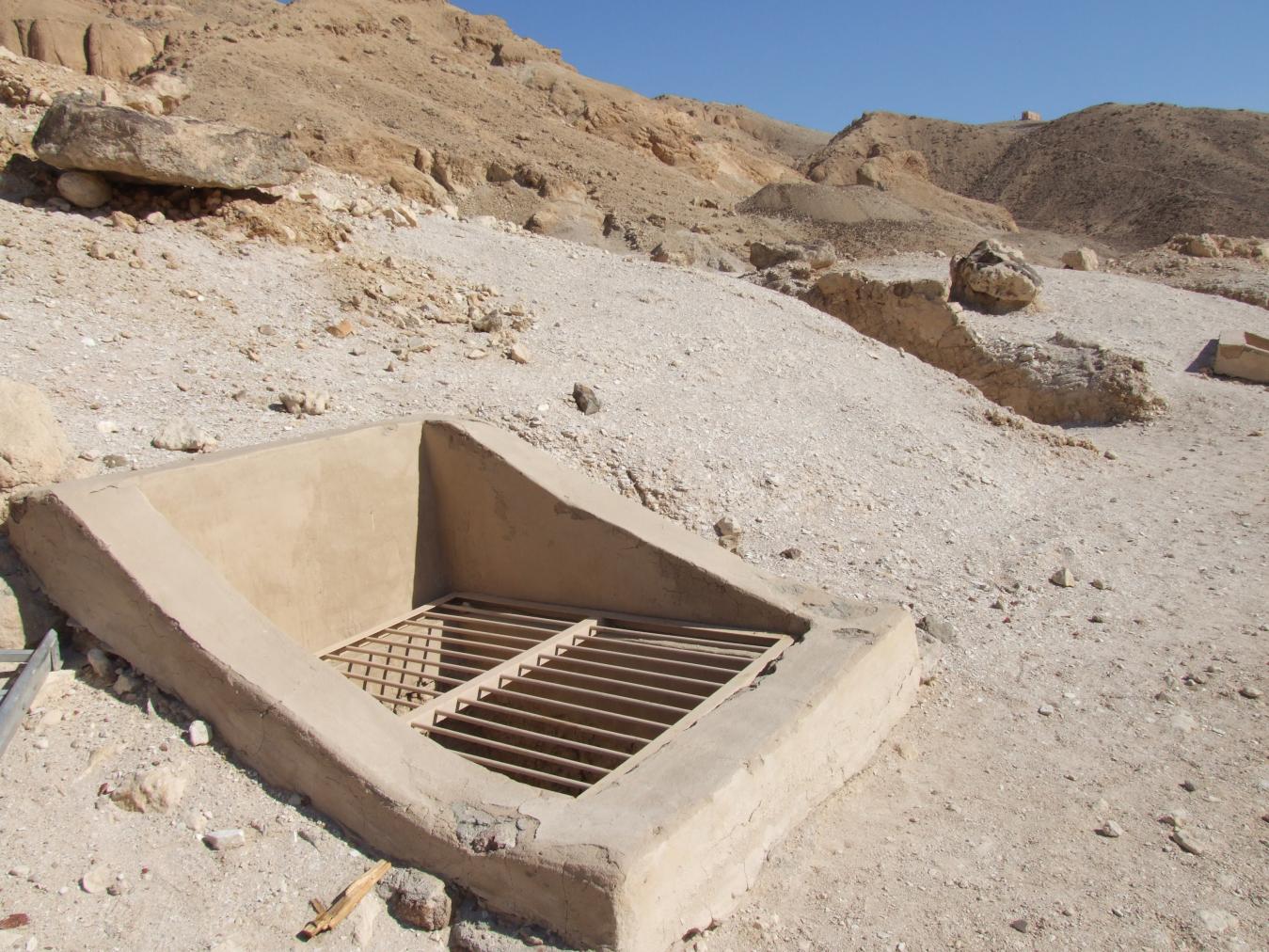
Articles
Tomb Numbering Systems in the Valley of the Queens and the Western Wadis
Geography and Geology of the Valley of the Queens and Western Wadis
Bibliography
CNRS mission report: Centre national de la recherche scientifique (France). Rapport d'activité 1987-1988 URA no. 1064, 1987-1988.
Demas, Martha and Neville Agnew (eds). Valley of the Queens. Assessment Report. Los Angeles: The Getty Conservation Institute, 2012, 2016. Two vols.







